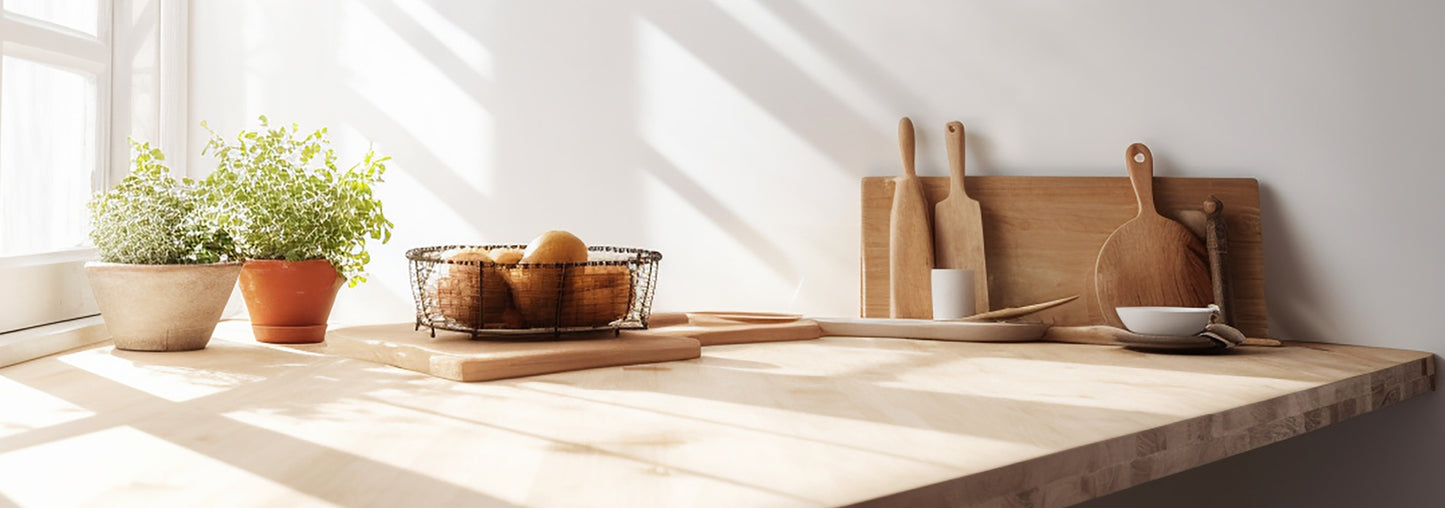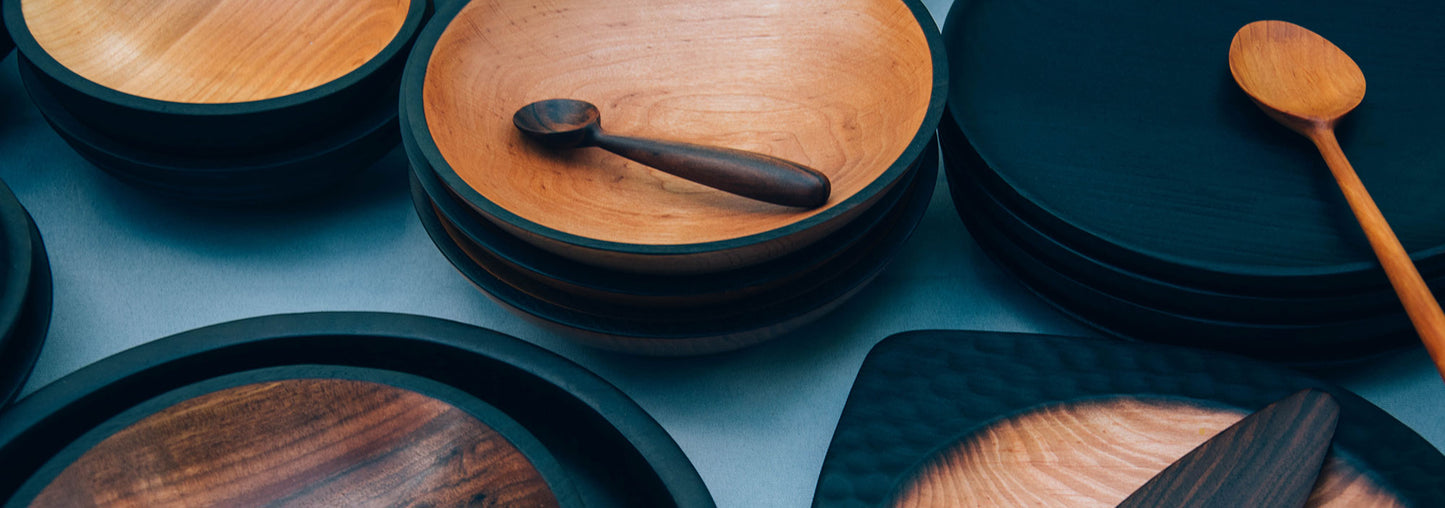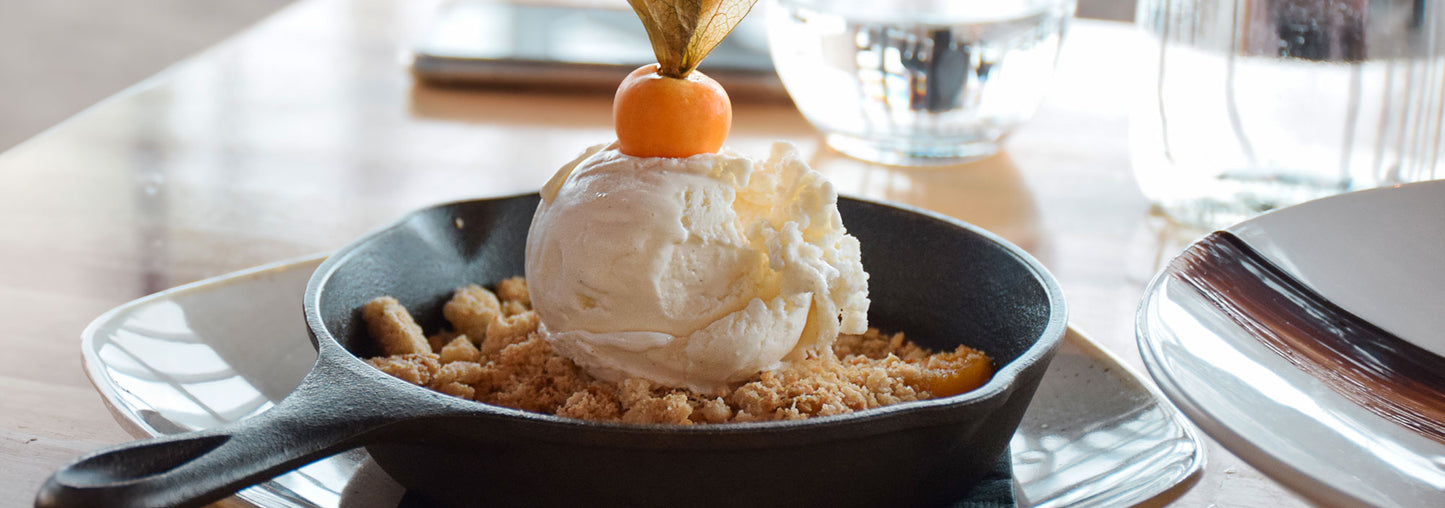
Step 1: Gather Your Supplies
Before you begin, ensure you have everything you need at hand. You'll require the following supplies:
- Cutting Board Oil: Choose a food-safe oil that is specifically designed for cutting boards. Fractionated coconut oil is what we recommend due to its many benefits including natural antibacterial properties, renewability, and moisturizing properties.
- Clean Cloth or Paper Towels: You'll need a soft, lint-free cloth or paper towels for applying and wiping off the oil.
- Warm Water and Mild Soap: Start with a clean cutting board. Use warm water and a mild cutting board formulated soap to thoroughly clean the board and remove any residue.
- Drying Cloth: Have a separate cloth or paper towels for drying the cutting board after cleaning.
Step 2: Clean the Cutting Board
Begin by cleaning the cutting board. Use a damp cloth or sponge and mild soap to gently scrub the surface. Pay attention to any stubborn food stains or residue. Rinse the board thoroughly with warm water to remove all soap residues.
Step 3: Dry the Cutting Board
After rinsing, use a clean cloth or paper towels to dry the cutting board completely. Ensure there is no moisture left on the surface before proceeding with the oil application.
Step 4: Apply the Oil
Now it's time to apply the cutting board oil. Follow these steps:
- Dispense the Oil: Pour a generous amount of oil onto the cutting board. You can use a small dish or directly drizzle the oil across the surface.
- Spread Evenly: Use a clean cloth or paper towel to spread the oil evenly over the entire surface of the cutting board. Make sure to cover both sides if your cutting board is reversible. Pay extra attention to any dry or cracked areas on the board.
- Let It Soak: Allow the oil to soak into the wood for at least a few hours. This will help the wood absorb the oil and regain its moisture.
Step 5: Wipe Off Excess Oil
After the oil has had time to soak in, it's time to wipe off any excess oil. Use a clean, dry cloth or paper towel to gently buff the surface. You want to remove any oil that hasn't been absorbed by the wood. This step helps prevent the cutting board from feeling greasy when you use it.
Step 6: Optional Second Coat
Depending on the condition of your cutting board and the type of oil you're using, you might choose to apply a second coat of oil. Follow the same process as before: apply the oil, let it soak, and wipe off excess oil.
Step 7: Allow the Board to Rest
After the oil application, let the cutting board rest for a few hours or overnight. This allows the wood to fully absorb the oil and any remaining residues to evaporate.
Step 8: Buff the Board
Once the cutting board has rested, give it a final buff with a clean, dry cloth to ensure a smooth and polished finish.
Bonus Step 9: Wax the Board
Start with a food-safe cutting board wax. We suggest a food-safe, plant-based, all natural wax. Using a clean cloth or applicator, spread a thin, even layer of wax over the entire surface of the board, including the edges. Allow the wax to dry and then buff the board with a clean, dry cloth to achieve a smooth and glossy finish. Wax not only seals the wood, preventing moisture from seeping in, but it also fills in minor scratches and imperfections, creating a resilient and visually appealing cutting surface. Regular wax applications can extend the life of your cutting board and contribute to its long-term maintenance.
By following these step-by-step instructions, you can easily and effectively maintain the beauty and functionality of your wooden cutting board. Regular oiling and waxing will ensure that your cutting board remains a valuable kitchen tool for years to come.





